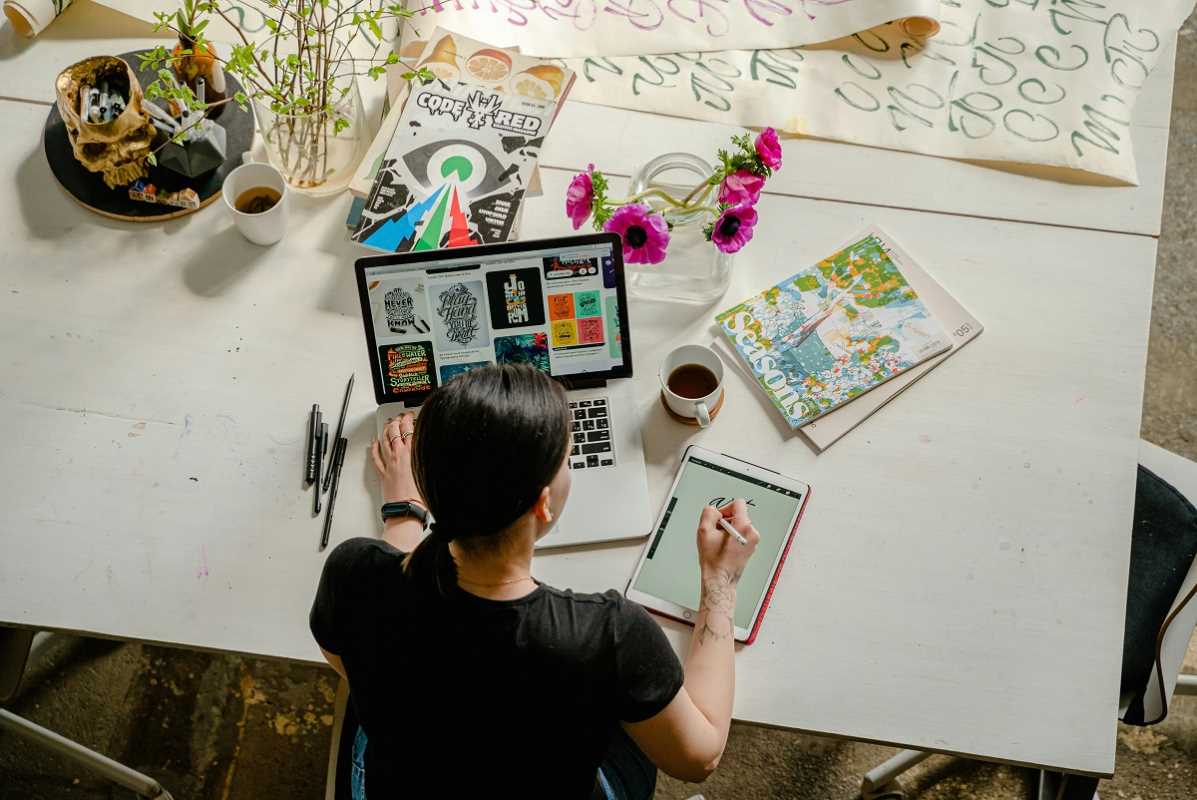Balancing multiple projects, client meetings, and unpredictable waves of inspiration often turns a freelancer’s schedule upside down. Without a clear approach to managing each hour, days can quickly become scattered, and routines may fall apart. Attempting to improvise often results in missed deadlines and a growing stack of unfinished ideas. Finding an effective way to organize your time does not mean sacrificing creativity or enjoyment. By choosing practical methods that complement your creative process, you can improve focus, keep your passion projects on track, and prevent client demands or social media distractions from taking over your workday.
Below, you’ll find five underrated methods that go beyond “just make a to-do list.” Each one shows why it clicks for a creative mind and how to fold it into your day without killing your flow. Pick one or blend them all to strike a balance between freedom and structure.
Technique 1: Time Blocking for Creative Projects
Time blocking assigns each project a dedicated slot in your schedule. Instead of switching tasks on the fly, you build a clear plan: morning sketches, midday editing, afternoon client calls. When you assign specific hours, your brain knows exactly what to focus on, which cuts down on that “where was I?” feeling.
Start by listing your week’s priorities. Open your favorite calendar app and carve out blocks for each item. For example, reserve two hours on Tuesday at 10 a.m. for concept development. Then use a timer or calendar reminder to signal when that window opens and closes. This practice helps prevent tasks from bleeding into each other and keeps creative momentum alive.
Technique 2: The Pomodoro Technique with Flexible Breaks
The classic Pomodoro method asks you to work 25 minutes, then take a 5-minute break. This structure helps you avoid burnout. But creative work often needs deeper dives or longer pauses between sparks of inspiration. Adjusting this approach gives you both.
- Choose a task you want to focus on—like writing blog copy or editing photographs.
- Set a timer for 30–35 minutes. Work without checking email or messages.
- Take a 7–10-minute break. Stretch, sketch, or grab a snack.
- After every three cycles, take a longer break of 20–30 minutes.
This method reduces decision fatigue. You don’t debate how long to work or rest—you follow your custom template. The slightly longer work blocks let you settle into flow, and the extra pause prevents your brain from overheating.
Technique 3: Task Batching to Boost Focus
When you group similar tasks together, you switch gears less often. Creative professionals often handle design tweaks, email replies, billable calls, and social media updates. Batching helps you manage those in chunks: one hour for emails, another for calls, then a chunk for edits.
To start, map out five main task categories you repeat weekly. Then assign each category its own time slot. For instance, every Monday morning you handle all client emails. Wednesday afternoons become your dedicated editing block. This way, you work faster because you don’t waste mental energy switching from one type of task to another. You’ll also finish bigger chunks of work, which feels much more satisfying.
To keep track, try using Trello or Notion boards. Label lists by task type and drag cards as you complete each batch. This visual progress gives you a little dopamine hit that keeps you motivated.
Technique 4: Setting Clear Deadlines
Open-ended projects often lead to procrastination. You might stare at a blank screen for hours because the deadline feels distant. Creating mini-deadlines during a project keeps excitement and accountability high.
For example, if you have a two-week window to deliver a logo, break it down: day two for drafts, day four for feedback, day six for revisions, and day ten to finalize colors. Mark each checkpoint on your calendar and share them with your client or colleague. This external commitment keeps you honest, and the smaller wins build your momentum.
Implementation Tips
- Choose one technique and focus on mastering it for two weeks before adding another. This gradual process helps prevent overwhelm.
- Use simple tracking tools like a paper planner or digital app—whichever you’ll consistently stick with. Consistency beats complexity.
- Review your progress at the end of each week. Note which methods increased your productivity and which felt forced.
- Adjust your time blocks, break lengths, or task categories based on real-world feedback. Your schedule should change as needed, not stay fixed.
- Celebrate every milestone, no matter how small. Crossing off a deadline or finishing a batch fuels your next burst of creativity.
You don’t have to overhaul your entire routine overnight. Pick a technique that appeals to you, test it for a few days, and make adjustments. When you find the right mix of structure and freedom, your creative energy can grow without deadlines catching you off guard or distractions stealing your best ideas.
Use these methods to improve your work rhythm and find a balance where time supports your projects. Consistent effort leads to better productivity.
 (Image via
(Image via





